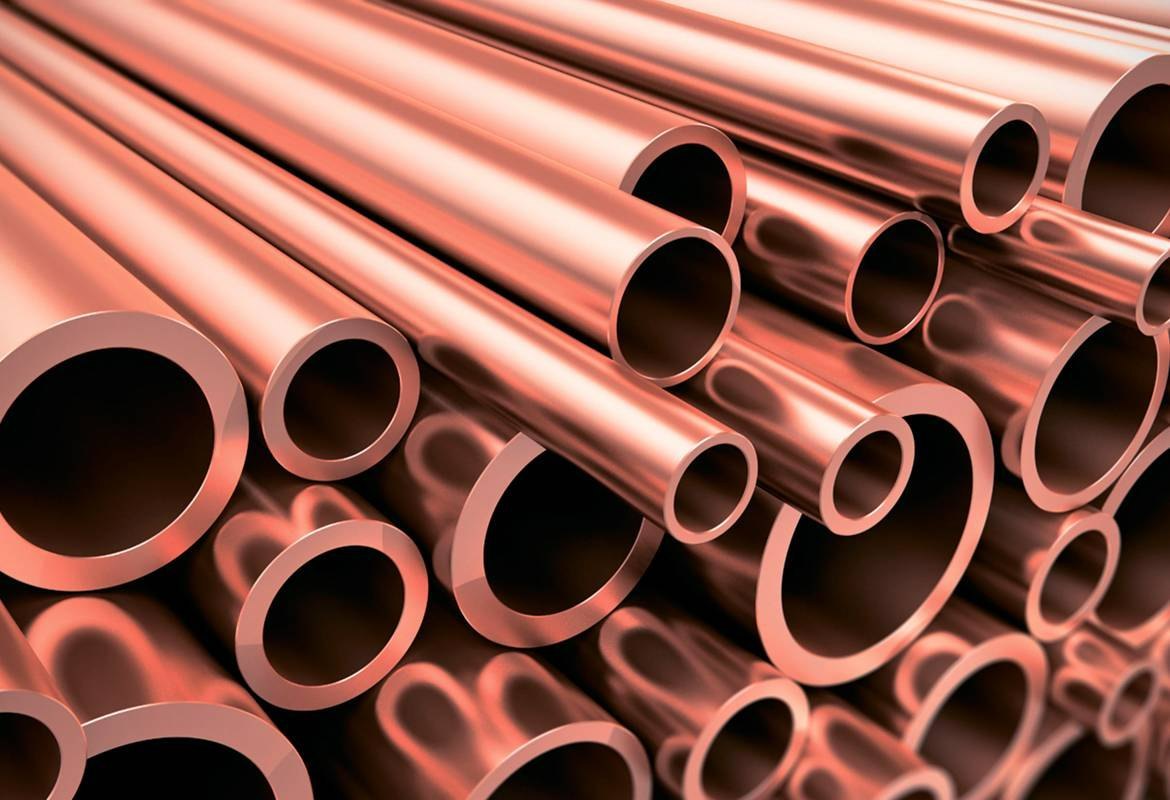95/5 COPPER NICKEL
Cupro Nickel 90/10, also known as Copper-Nickel 90/10, is an alloy that is highly regarded for its excellent corrosion resistance, particularly in marine environments.
Composition
- Copper (Cu): 95%
- Nickel (Ni): 5%
- Iron (Fe): Typically around 1%
- Manganese (Mn):Small amounts, usually around 0.5%
GRADES
ASTM B 111 C 70600 / ASME SB 111 C 70600:
- Standard Specification for Copper and Copper-Alloy Seamless Condenser Tubes and Ferrule Stock.
- C70600 Designation for Copper-Nickel 90/10 in these standards.
BS 2871 Part 3 CN 102:
- Specification for copper and copper alloy tubes suitable for refrigeration and air conditioning.
- CN 102: British Standard designation for Copper-Nickel 90/10.
EN 12451 CuNi10 Fe 1Mn - CW 352H:
- European standard for copper and copper alloys – Seamless, round tubes for heat exchangers.
- CW 352H: European designation for Copper-Nickel 90/10.
NFA 51 102 CuNi10 Fe1Mn:
- French standard for copper and copper alloys.
- CuNi10 Fe1Mn: French designation for Copper-Nickel 90/10.
JIS H 3300 C 7060:
- Japanese Industrial Standard for copper and copper alloy seamless tubes.
- C7060: Japanese designation for Copper-Nickel 90/10.
Properties:
- Corrosion Resistance:
- Excellent resistance to seawater corrosion, making it suitable for marine applications.
- Good Resistance to stress corrosion cracking and erosion.
- Effective at resistance biofouling compared to other copper alloys.
- Mechanical Properties:
- Tensile Strength: Moderate tensile strength, suitable for various applications.li>
- Yield Strength: Adequate yield strength, contribution to durability.
- Hardness: Moderate hardness, providing wear resistance.
- Thermal Conductivity:
- High thermal conductivity, enabling efficient heat transfer, though lower than pure copper.
Applications:
- Marine Industry: Widely used in shipbuilding for seawater systems, heat exchangers, and condensers due to its superior corrosion resistance.
- Power Plants: Utilized in power plants for condensers and heat exchangers where seawater or other aggressive cooling mediums are used.
- Desalination Plants: Ideal for desalination plants, especially in evaporators and heat exchangers, due to its resistance to saline environments.
- Chemical Industry:Used in equipment exposed to corrosive chemicals, benefiting from its durability and thermal conductivity.
